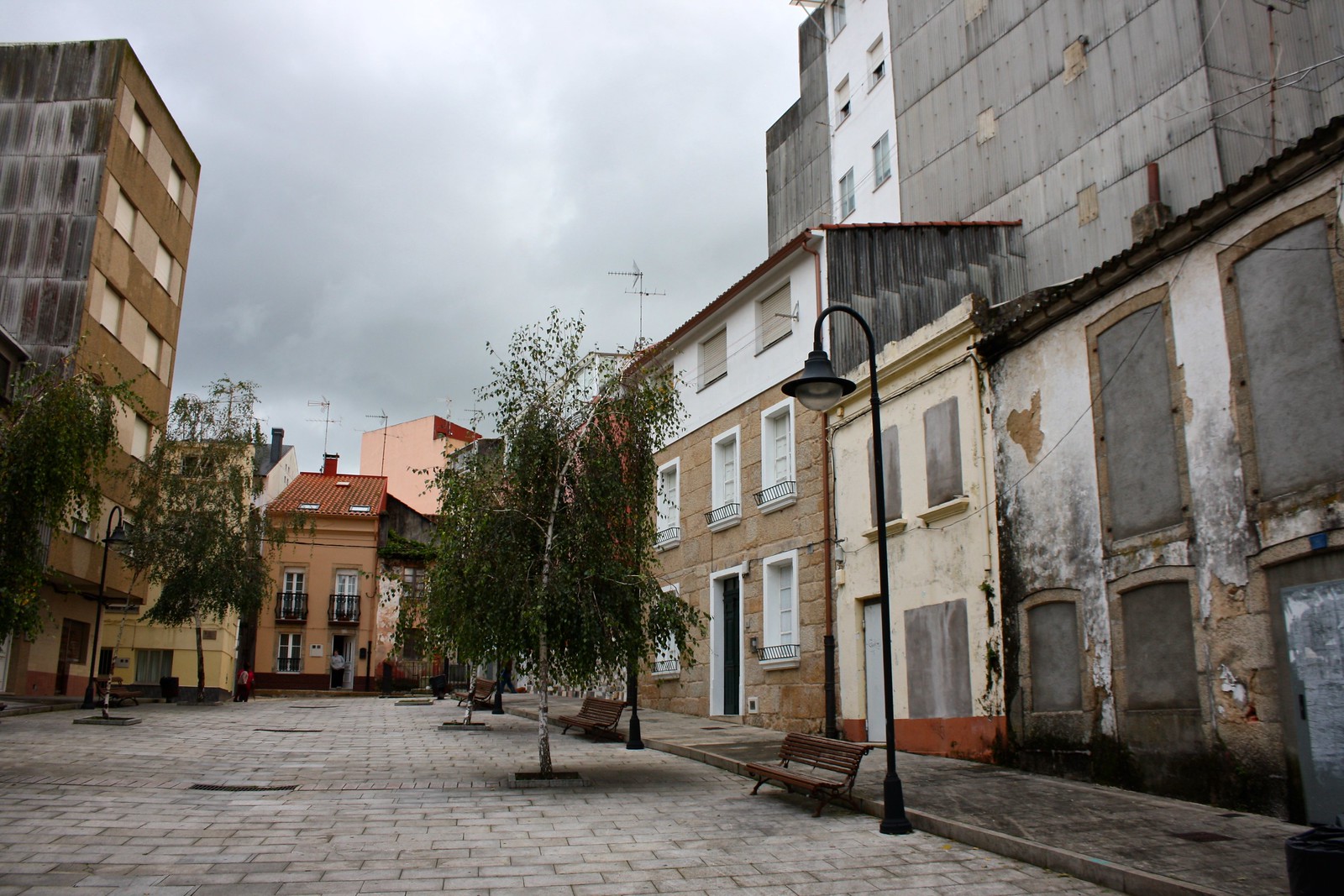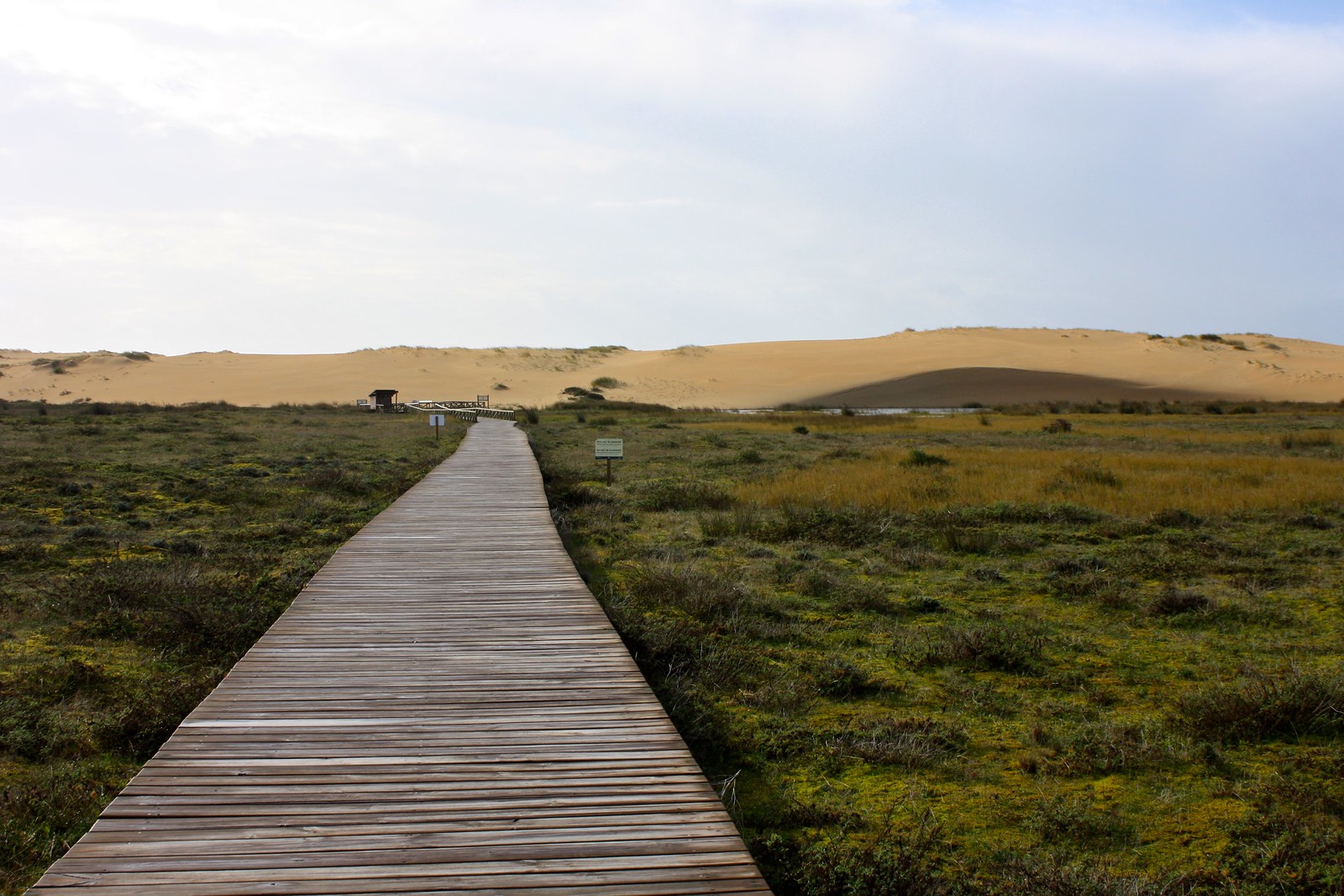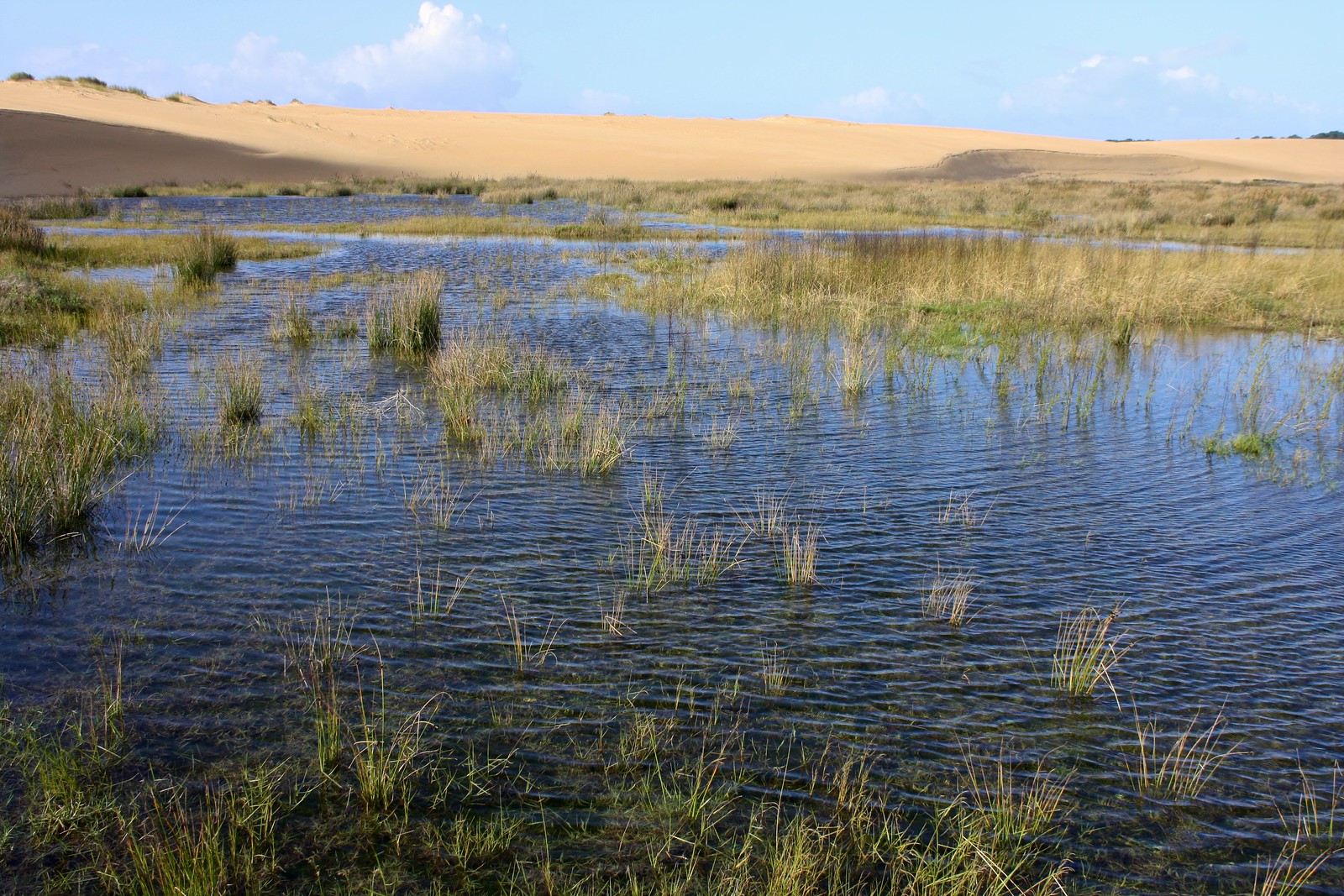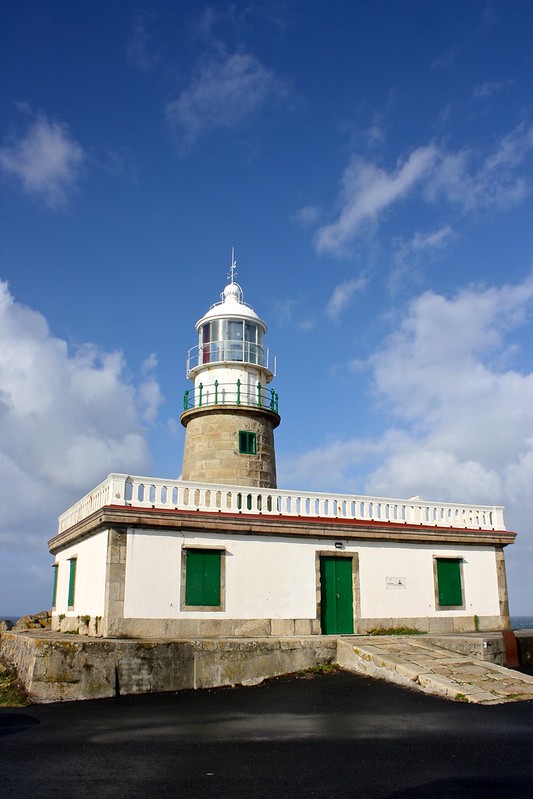Ribeira, Spain: A Galician Mariners’ Village
 |
| Corrubedo Lighthouse |
I teach English at an elementary school in Boiro, which is just one of half a dozen cities that dot a mountainous peninsula called O Barbanza. This small region on Galicia’s western Atlantic coast is blessed with windy forested hills, expansive beaches, and a fertile habitat for growing mussels. At the very far southwestern tip of this peninsula lies the town of Ribeira, the capital and largest city of the comarca or county of Barbanza.
Back in November, I finally took the bus past Boiro for the first time to meet up with some fellow language assistants who work in the area and really enjoyed my time in Ribeira—in spite of the torrential rains that are all too common in Galicia in the fall and winter.
What is Ribeira all about?
 |
| In Ribeira city |
There’s absolutely no question that Ribeira lives off of the sea. As one of the most important fishing ports in Spain and all of Europe, this city receives the catches that folks bring in from all over the northwestern Galician coast and out into the Atlantic; it’s not uncommon to see fish in Santiago de Compostela’s market that were first delivered to the lonxa de Ribeira, the main commercial fish market in town.
As Ribeira is a major fishing village, its residents unsurprisingly talk like mariners. Here, the harsh gheada accent dominates; the word for “black cat,” o gato negro, would be pronounced with a deep, guttural G sound like so: “o KHAH-to NAY-khro.” Locals represent their dialect on Facebook by replacing the G with the letter J, as in Spanish: Jalicia, qué jrande, etc. In fact, several of the students at my school further east speak this way!
 |
| Looking out to the Ría de Arousa estuary |
Ribeira is also a huge center for the fish canning industry. Tuna, sardines, and mussels are all tinned in small factories here in this city, continuing a tradition that the Catalans introduced the region to a couple centuries ago. Most of the fish is caught locally, cooked not long after, and preserved in Spanish olive oil. Back home I was never a fan of canned sardines (too stinky!) but after living in Galicia I’ve acquired a taste for these small cheap fish that are packed with nutrients.
Apart from a couple old homes and a small Neoclassical parish church, there really isn’t much to see in Ribeira as most of the city has been built over the past couple decades (which coincided with increased summertime tourism to Ribeira’s fine beaches). However, outside of the city center there’s a handful of cool things to check out, so make sure to rent a car if you’re ever passing through the region!
Corrubedo Dunes
 |
| Boardwalk out to the lookout point |
Just a short drive outside of town, the dunas de Corrubedo rear up like a wall between the countryside and the ocean. These moving sand dunes stretch for four kilometers west of Riberia and form part of the Olveira Natural Park.
 |
| Dunes between the ocean and the lagoon |
This park protects a unique coastal ecosystem that thrives in the lagoons and beaches on either side of the desert-like dunes. Because of this, you can’t go tromping around in the sand dunes (although just beyond the “no trespassing” sign I saw footprints leading up to the top of a dune).
Axeitos Dolmen
 |
| The clearing |
Further inland in the hills outside of Ribeira, you’ll come across a dolmen—a relic from prehistoric times that reminds you that this region has been inhabited for thousands of years. In Neolithic times, a dolmen was a simple tomb formed by great slabs of stone and then covered in earth to form a burial mound.
 |
| Up close |
Ribeira’s small Axeitos dolmen, found in the parish of Oleiros, isn’t anything too impressive but because the original dirt and rubble has long since eroded away you can walk all around (and inside) to appreciate the construction.
How to get there
About a dozen buses operated by Arriva run between Ribeira and Santiago de Compostela every day.What would you most be interested in checking out in Ribeira—the monuments or the beaches? Tell me below in the comments!
